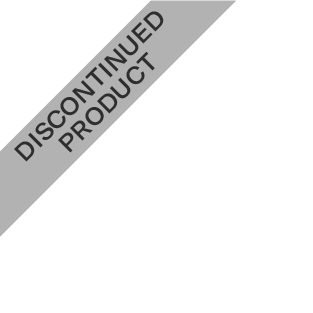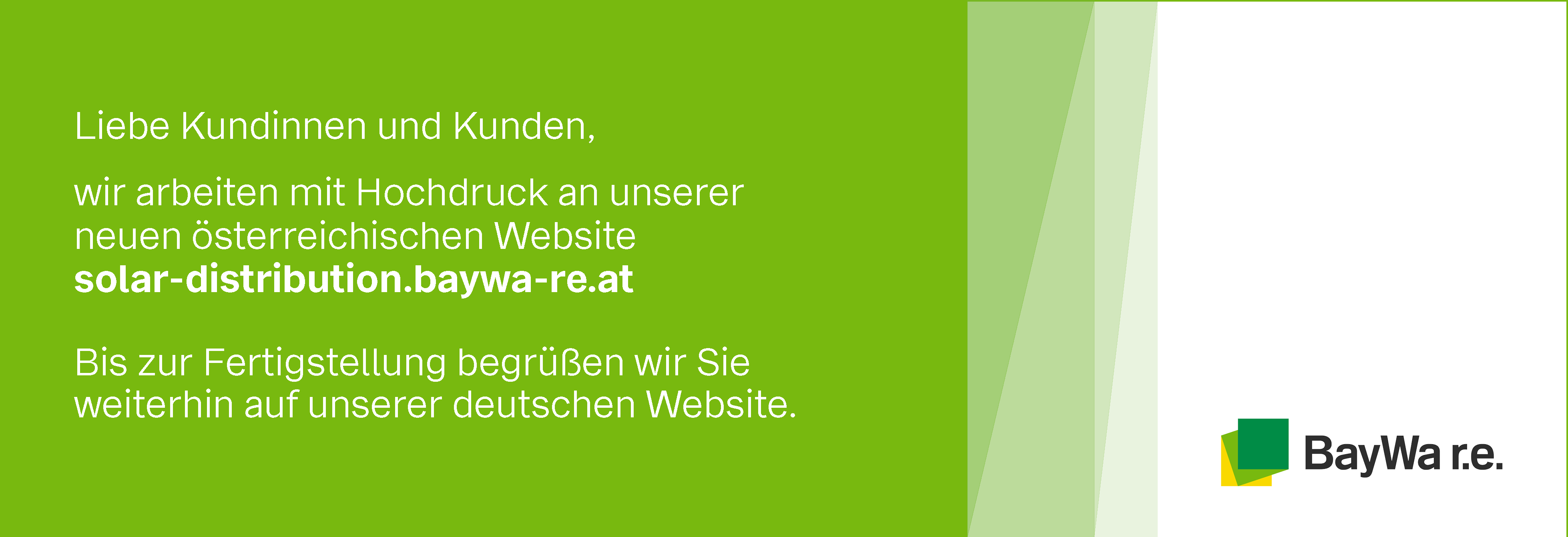Inverter - the central component in every PV system
The inverter is the heart of every PV system. It not only converts the DC voltage generated by the modules into grid-compliant AC voltage, but also brings together all the components of the system.
These inverters are available in various power classes from the smallest with 0.360kW up to 330kW. They can be used in systems for private households (residential), commercial and industrial (C&I) and ground-mounted systems.
Inverters are available in different variants, which are integrated in different ways. The first point in which we differentiate between inverters are string inverters and micro inverters.
1. String inverter
A string inverter is a central unit that is installed near the solar system. It is designed to connect several solar modules (often connected in series) together to form a string or group of modules. Together, these elements generate a specific voltage and current. In addition, the string inverter converts the direct current of all components into alternating current. In the next step, this is then fed into the electricity grid.
Advantages of string inverters:
- Simple installation and lower acquisition costs compared to micro inverters.
- Scalability, as several elements can be combined to form a string.
- High reliability, with a central unit.
- Low maintenance costs, as there are fewer components and these ideally require no maintenance.
Disadvantages of string inverters:
- The overall performance of the string is affected by the weakest element.
- Shade on a single module can reduce the performance of the entire string.
- The failure of a module, cable or connector can lead to a loss of function of the entire string.
Hint: Optimizers can be used to counter these disadvantages.
String inverters can again be divided into two different specifications:
a. PV inverter
The "PV inverter" is only a synonym, describes the function of a normal inverter and is an essential component of a photovoltaic system. As described above, it converts the direct current generated by the modules into alternating current for use in your own home or for feeding into the grid. This type of inverter used to be widely used in the residential sector. Nowadays, it is mostly used in C&I and ground-mounted systems. PV inverters are available in different sizes and power classes. The choice depends, among other things, on the system output and the operating conditions.
b. hybrid inverters
Hybrid inverters have become established in the residential sector in recent years. Of course, pure PV inverters are still used, but the trend has moved in the direction of hybrid inverters. The reason for this is that hybrid inverters not only enable the transition from DC to AC, but also allow a battery to be easily integrated into the system. The resulting energy storage option has led to a switch from feed-in systems (generating a profit from the electricity produced) to self-consumption systems. The resulting new possibilities for energy storage made it possible to increase the degree of self-sufficiency of buildings enormously. This also increases the efficient use of the electricity generated, as the electricity produced is always used when it is needed.
2. Micro inverter
A micro inverter is a small inverter that is installed on each individual solar module to convert the direct current of the individual solar module into alternating current and then feed it into the power grid. Each module therefore has its own inverter and these are therefore an important component for a photovoltaic system. They are also able to maximize the output of each element and optimize the power output of the entire system.
Advantages of micro inverters:
- Maximization of energy production as the output of one module is not affected by other modules.
- Better performance in partial shade situations as each element works individually.
- AC voltage on the roof results in less voltage on the roof.230/400V versus up to 1000V.
- No need to consider module power or orientation when planning a system as each module is controlled separately.
Disadvantages of micro inverters:
- Higher acquisition costs and installation, as a separate inverter is required for each module.
- The complexity of the system increases as each module is monitored individually.
Hint: If you would like to be convinced by micro inverters, we would like to introduce you to enphase.
The choice between a string inverter and a micro inverter depends on various factors. For example: the degree of shading, the installation costs, the desired performance optimization, and other individual requirements of the photovoltaic system.
But what do you do if you have an older system and now want to integrate a battery? That's not a problem - you also have two options here.
You can either integrate a compatible battery inverter or use a separate AC storage system.
A battery inverter can now be retrofitted to existing systems with PV inverters. The battery inverter - as its name suggests - is used to charge a battery separately. Accordingly, the inverter is not connected directly to the PV system via a DC connection but serves as a supplement to the existing PV inverter. Thanks to the compatibility of the PV inverter with the battery inverter, the battery is now also charged intelligently.
Another variant for retrofitting would be the AC storage system. With these systems, you combine the battery and battery inverter in one component. The advantage of these components is that, unlike most battery inverters, they can be integrated into an existing system regardless of the manufacturer.
As a PV wholesaler, we naturally provide you with a large selection of inverters of all types. As mentioned above, from 0.360kW micro inverters for optimum energy generation at module level to commercial inverters with 330kW for large-scale projects of all kinds.
Frequently asked questions:
- What is the difference between direct current and alternating current?
Direct current (DC) flows continuously and without changing direction, such as from a battery. It is used for low-voltage devices such as laptops or cell phones. Alternating current (AC), on the other hand, constantly changes its direction and strength in a rhythmic pattern. This is the electricity that comes out of the socket in our homes. It is easier and more efficient to transport over long distances and is therefore used for the electricity grid.
- What does a solar inverter do?
A solar inverter, also known as a solar inverter or PV inverter, plays a central role in a photovoltaic system. It converts the direct current generated by the solar modules into alternating current. Why is this important? Quite simply, our entire electricity grid is based on alternating current. Without the inverter, we would not be able to use the solar power.
- How many inverters do I need for my PV system?
The number of inverters you need for a PV system depends on several factors, including the total output of your system, the orientation of the modules and the local conditions. A central inverter is often sufficient for smaller systems. For larger systems or those with different module orientations, it may make sense to use several inverters or a module inverter. It is advisable to seek advice from a specialist in order to find the optimum solution.
- What are the advantages of a micro inverter or module inverter?
A micro inverter offers several advantages. It converts the direct current of each solar module individually into alternating current, which increases the efficiency of your solar system. Losses in the event of soiling, shading or damage are therefore lower as each module is regulated separately. In general, this makes the system even more fail-safe compared to string inverters, as the system continues to function if a microinverter or PV module fails. It also enables detailed monitoring and analysis of each individual module. In addition, AC-side installation on the roof is safer than installation with 1000V DC.

























